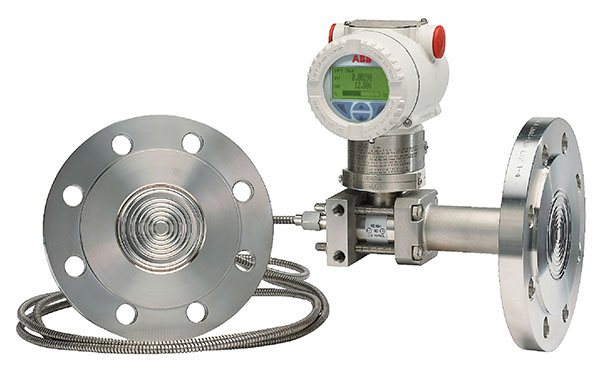Pressure in a contained system can be quantified as a value against atmospheric or absolute pressure, or as the differential value between the applied forces of two distinct points.
This last value is critical for a plethora of process control applications, providing insights into the ongoing efficacy of pressure vessel containers and gas flow systems. Many industries rely on differential pressure transmitters for level sensing in condensers, or to acquire quantitative data about process performance and to monitor component throughput for changes over time due to build-up of particulates and contaminants.
Differential pressure transmitters acquire the differential pressure of a closed system by obtaining the applied force at two measurement points and calculating the difference against pre-defined application parameters. This article will explore how a differential pressure transmitter works in more detail:
The Components of a Differential Pressure Transmitter
Differential pressure transmitters are comprised of a robust electronic module and two sensory diaphragms that provide the electronic reading of applied forces in a containment vessel. These arrangements are physically connected in set configurations depending upon the application requirements.
Applied pressure readings are acquired by the diaphragms, which register pressure as surface deformation and translate that value into an electronic signal. This signal is transferred to the differential pressure module, which compares the two values and expresses the pressure difference as a value of pounds per square inch (psi), bar, or kilopascals (kPa). These diaphragms are all-welded to maintain the container integrity in vacuum conditions and for wet leg applications, such as level measurement in crude oil distilleries.
Applications of Differential Pressure Transmitters
Differential pressure transmitters can be used for reaction and process monitoring in a range of industrial sectors, with high resistance to corrosive media and atmospheric moisture. The diaphragms are typically fabricated from stainless-steel and are inherently resistant to oxidisation and gas adsorption in flue pipework for example. Inconel diaphragms can be applied for improved resistance to salt water in marine hydrocarbon exploration.
The electronic module can be calibrated to perform for dry and wet leg applications, providing accurate pressure readings for materials that evaporate or condensate. Select differential pressure transmitters also feature wireless communications to enable remote monitoring of pressure readings in potentially hazardous applications.
Further applications of differential pressure transmitters include low-temperature reaction tank monitoring in the chemical sector and filtration monitoring for a range of flow systems.
Pressure Sensors from ABB
ABB is a leading developer of differential pressure transmitters for a range of industrial and research applications – from the everyday to the cutting-edge. With All-Welded diaphragms, highly automated on-board configuration, and enhanced plug and play graphical interfaces, measuring differential pressure is a safe and seamless process. Our range of differential pressure transmitters includes:
- 266DRH, equipped for remote-sealing with a base accuracy of within 0.06% and a span limit of 4 – 16,000kPa;
- 266DSH, a comprehensive differential pressure transmitter with an expanded span limit of 0.05 – 16,000kPa with update rates as rapid as 32 seconds;
- 266MRT, a top-performance differential transmitter with multisensory technology for liquid, gas, and steam flow and level measuring, plus density measuring, with a base accuracy of within 0.04%;
- 266MST, for simultaneous measurement of both differential pressure and absolute pressure with range-topping performance levels and multiple output signals for exceptional versatility.




